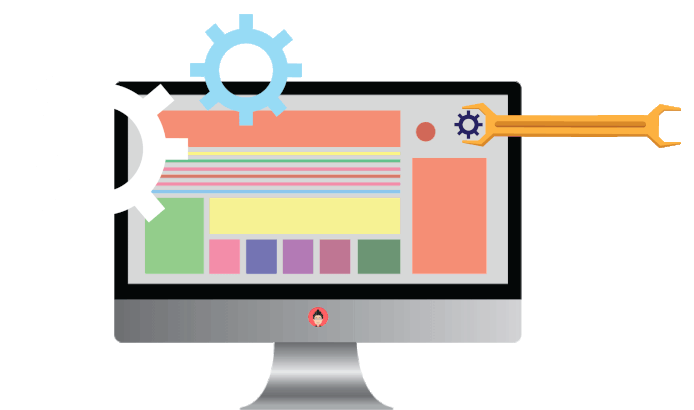
7 Ways to Improve Software Maintenance
Last updated: December 01, 2025 Read in fullscreen view
- 15 Feb 2024
 What is a Cut-Over in Software Development? 38/1197
What is a Cut-Over in Software Development? 38/1197 - 10 Apr 2022
 Agile self-organizing teams: What are they? How do they work? 28/435
Agile self-organizing teams: What are they? How do they work? 28/435 - 02 Nov 2023
 Differences between software walkthrough, review, and inspection 27/2004
Differences between software walkthrough, review, and inspection 27/2004 - 21 May 2022
 "Fail Fast, Fail Often, Fail Forward" is the answer to Agile practices of software success 18/941
"Fail Fast, Fail Often, Fail Forward" is the answer to Agile practices of software success 18/941 - 10 Dec 2021
 What is a Kano Analysis? 6/810
What is a Kano Analysis? 6/810 - 08 Nov 2022
 4 tips for meeting tough deadlines when outsourcing projects to software vendor 6/254
4 tips for meeting tough deadlines when outsourcing projects to software vendor 6/254 - 01 Sep 2022
 Facts Chart: Why Do Software Projects Fail? 6/540
Facts Chart: Why Do Software Projects Fail? 6/540 - 01 Feb 2024
 How long does it take to develop software? 6/210
How long does it take to develop software? 6/210 - 16 Mar 2023
 10 Reasons to Choose a Best-of-Breed Tech Stack 5/167
10 Reasons to Choose a Best-of-Breed Tech Stack 5/167 - 20 Nov 2022
 Agile working method in software and football 5/323
Agile working method in software and football 5/323 - 08 Jan 2024
 Ask Experts: Explicitation/Implicitation and Elicitation; two commonly used but barely unraveled concepts 4/275
Ask Experts: Explicitation/Implicitation and Elicitation; two commonly used but barely unraveled concepts 4/275 - 06 Mar 2021
 4 things you need to do before getting an accurate quote for your software development 4/615
4 things you need to do before getting an accurate quote for your software development 4/615 - 16 Apr 2021
 Insightful Business Technology Consulting at TIGO 3/376
Insightful Business Technology Consulting at TIGO 3/376 - 16 Feb 2021
 Choose Outsourcing for Your Non Disclosure Agreement (NDA) 3/150
Choose Outsourcing for Your Non Disclosure Agreement (NDA) 3/150 - 09 Mar 2022
 Consultant Implementation Pricing 3/184
Consultant Implementation Pricing 3/184 - 02 May 2022
 What Is RAID in Project Management? (With Pros and Cons) 2/734
What Is RAID in Project Management? (With Pros and Cons) 2/734 - 07 Dec 2023
 The Myths Of Requirements 2/203
The Myths Of Requirements 2/203 - 10 Apr 2021
 RFP vs POC: Why the proof of concept is replacing the request for proposal 2/254
RFP vs POC: Why the proof of concept is replacing the request for proposal 2/254 - 07 Jul 2021
 The 5 Levels of IT Help Desk Support 2/380
The 5 Levels of IT Help Desk Support 2/380 - 12 Oct 2020
 The Agile Manifesto - Principle #8 2/447
The Agile Manifesto - Principle #8 2/447 - 07 Oct 2020
 How To Manage Expectations at Work (and Why It's Important) 2/266
How To Manage Expectations at Work (and Why It's Important) 2/266 - 03 Jul 2022
 Manifesto for Agile Software Development 2/240
Manifesto for Agile Software Development 2/240 - 01 May 2023
 CTO Interview Questions 1/296
CTO Interview Questions 1/296 - 07 Oct 2022
 Digital Transformation: Become a Technology Powerhouse 1/216
Digital Transformation: Become a Technology Powerhouse 1/216 - 09 Feb 2023
 The Challenge of Fixed-Bid Software Projects 1/191
The Challenge of Fixed-Bid Software Projects 1/191 - 30 Oct 2022
 How Much Does MVP Development Cost in 2023? 1/170
How Much Does MVP Development Cost in 2023? 1/170 - 09 Jan 2022
 How to Bridge the Gap Between Business and IT? /163
How to Bridge the Gap Between Business and IT? /163 - 16 Jul 2022
 What are disadvantages of Agile Methodology? How to mitigate the disadvantages ? /353
What are disadvantages of Agile Methodology? How to mitigate the disadvantages ? /353 - 28 Nov 2023
 Scrum Team Failure — Scrum Anti-Patterns Taxonomy (3) /228
Scrum Team Failure — Scrum Anti-Patterns Taxonomy (3) /228 - 01 Mar 2022
 Why Does Scrum Fail in Large Companies? /243
Why Does Scrum Fail in Large Companies? /243 - 01 Jun 2022
 How Your Agile Development Team is Just Like a Football Team? /206
How Your Agile Development Team is Just Like a Football Team? /206 - 02 Apr 2022
 Productivity vs. Efficiency – What Are the Differences? /196
Productivity vs. Efficiency – What Are the Differences? /196 - 20 Nov 2022
 Software Requirements Are A Communication Problem /233
Software Requirements Are A Communication Problem /233 - 01 Dec 2022
 Difference between Set-based development and Point-based development /298
Difference between Set-based development and Point-based development /298 - 27 Oct 2020
 8 principles of Agile Testing /1196
8 principles of Agile Testing /1196 - 02 Nov 2022
 Frequently Asked Questions about Agile and Scrum /372
Frequently Asked Questions about Agile and Scrum /372 - 09 Oct 2022
 Key Advantages and Disadvantages of Agile Methodology /666
Key Advantages and Disadvantages of Agile Methodology /666 - 10 Oct 2022
 Should Your Business Go Agile? (Infographic) /108
Should Your Business Go Agile? (Infographic) /108 - 21 Oct 2022
 Virtual meeting - How does TIGO save cost, reduce complexity and improve quality by remote communication? /166
Virtual meeting - How does TIGO save cost, reduce complexity and improve quality by remote communication? /166 - 10 Nov 2021
 Automated QA Outsourcing – Hire a Professional Software Testing Team /514
Automated QA Outsourcing – Hire a Professional Software Testing Team /514 - 03 Nov 2022
 Top questions and answers you must know before ask for software outsourcing /264
Top questions and answers you must know before ask for software outsourcing /264 - 07 Aug 2022
 Things to Consider When Choosing a Technology Partner /249
Things to Consider When Choosing a Technology Partner /249 - 17 Mar 2025
 IT Consultants in Digital Transformation /62
IT Consultants in Digital Transformation /62 - 10 Jul 2025
 Building AI-Driven Knowledge Graphs from Unstructured Data /111
Building AI-Driven Knowledge Graphs from Unstructured Data /111 - 21 Oct 2025
 Cloud-Native Development: Why It’s the Future of Enterprise IT /40
Cloud-Native Development: Why It’s the Future of Enterprise IT /40 - 01 Mar 2024
 (AI) Artificial Intelligence Terms Every Beginner Should Know /280
(AI) Artificial Intelligence Terms Every Beginner Should Know /280 - 01 Mar 2023
 How do you deal with disputes and conflicts that may arise during a software consulting project? /145
How do you deal with disputes and conflicts that may arise during a software consulting project? /145
In 2019, Tidelift, an Opensource support and maintenance organization, conducted a survey of software developers that revealed that developers spent less than one third of their time (32%) developing new code. In the same survey, developers said that 35% of their time was spent on software maintenance.
My own experience in consulting with companies is that the amount of time spent on software maintenance is closer to 50%.
In either case, the time spent on maintaining software prevents organizations from pursuing new projects and getting things done.
At the same time, maintaining the software that you have created or inherited is a fact of life.
Software maintenance is defined as “a part of Software Development Life Cycle. Its main purpose is to modify and update software application(s) after delivery to correct faults and to improve performance. Software is a model of the real world. When the real-world changes, the software requires alteration wherever possible.”
Given this, what steps can organizations take to perform software maintenance while creating as much time as possible for new software development?
Ways to Improve Software Maintenance
Listen to your help desk
No function in IT has a better finger on the pulse of application performance than the help desk. The help desk gets all of the questions and problems from users. The people who work the help desk know from the calls they get which applications are most problematic, and why. If more IT organizations patched help desk insights into their application development brainstorming and performance evaluations, they would be more successful identifying areas of persistent application problems and failures so these areas could either be addressed fully by repairing them or retired and replaced with another solution. Just as importantly, the knowledge gained from application trouble “hot spots” at the help desk can be learned from so the same mistakes aren’t repeated in new software development.
Engage QA
In too many organizations, developers up against tight deadlines tend to throw their work “over the wall” to QA at the last minute. Then, only partial application testing gets done before the app gets deployed into production. When the app goes live, there can be weeks of problem reports and troubleshooting, with fixes and workarounds resulting. Conversely, by thoroughly testing applications upfront for technical correctness, integration and usability, post-production software maintenance can be drastically reduced. To facilitate this, project managers need to plug in and ensure adequate times for software QA.
Consider a move to the cloud
Organizations using broken on-premises legacy software can consider making a break from endless maintenance by moving to a cloud-based version of the software that is offered and supported by the vendor. In a scenario like this, software maintenance is moved out of the shop and into the hands of the vendor. One disadvantage is that you never can be sure when the fixes or enhancements you want are going to get done -- but the move could well be worth it if you can live with the inconvenience.
Sunset the applications that aren’t returning value
Almost every organization has a legacy system that no longer delivers the value it once did. This is a time to consider sunsetting that system and potentially planning a “rip and replace” with a new system. Rip and replace works when there are few needs to integrate the system with other software that is running. In cases where rip and replace is viable, you can shift much of your system maintenance for the new system to the supporting vendor.
Always regression test
The impulse when you’re under the gun to finish a project is to meet deadline and skip some of the quality tests. One critical test is the regression test, which places any application that is newly modified in a simulated production environment with other applications to test and ensure that integration with these other applications and called routines is working properly. When regression testing is skipped, risk heightens that a newly modified app will break or cause other pieces of systems to break because of a coding error that was introduced. This brings down systems and causes service outages.
Use a standardized procedure for installation of new software releases
Whether it’s a security patch or a feature addition or fix, the installation of a new software release should be uniform and standardized as much as possible for all the devices the software runs on. This keeps the software release process organized and relieves the pressure on the help desk and maintenance teams when software releases are not systematically distributed, and different devices are running different releases of the software.
Optimize your software maintenance team
There are people who love doing software maintenance, and they should be encouraged and rewarded for their work. Software maintenance is also a great area for new employees to begin their careers, because they get a thorough introduction to a variety of systems that the company runs. This will benefit them later, whether they remain in maintenance or move to another part of the IT organization.
Wrapping up
Software maintenance is necessary for your software to be effective. It solves several issues in the software that hinders it from performing its best. Updating your product helps save costs and reduce the software maintenance process. Lastly, effective software maintenance ensures your product is effective and maintains its quality in the long run.





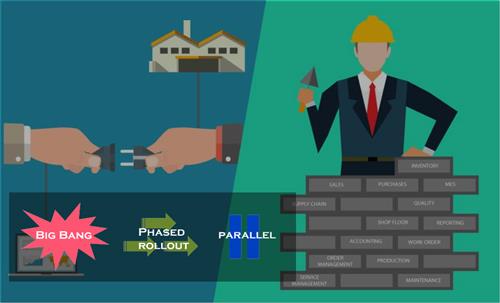

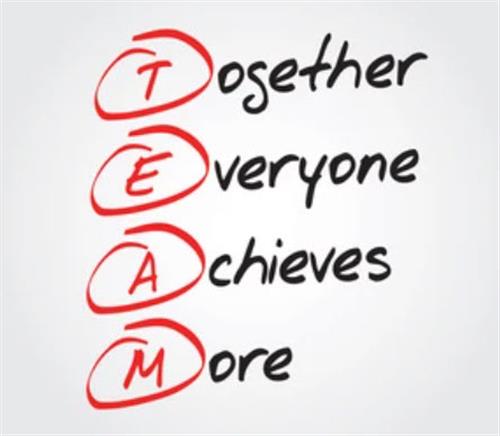
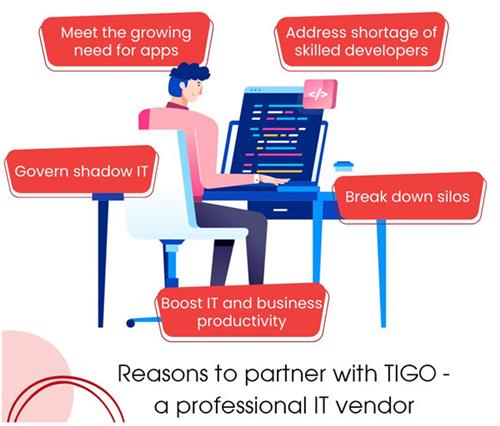





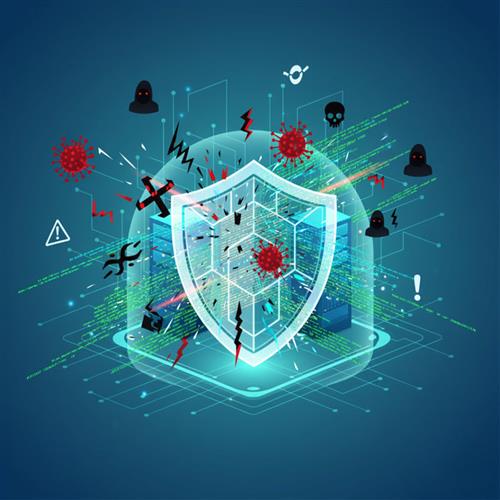
04102024050214_thumb.jpg)
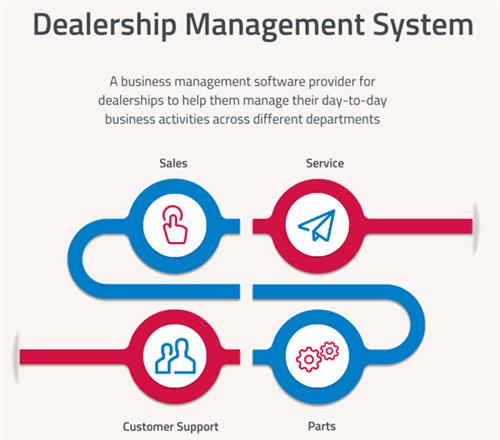

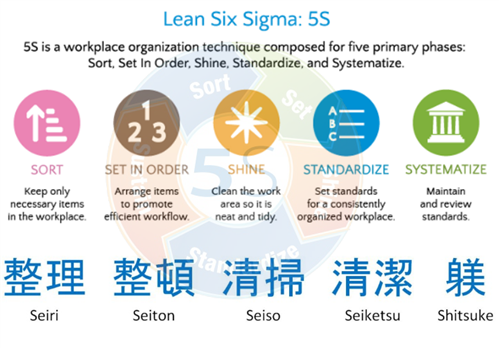

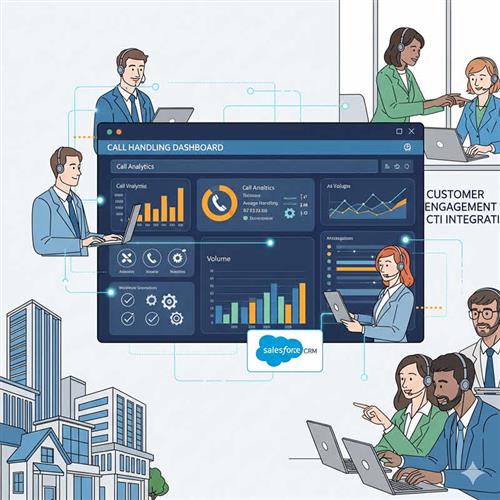













 Link copied!
Link copied!
 Recently Updated News
Recently Updated News